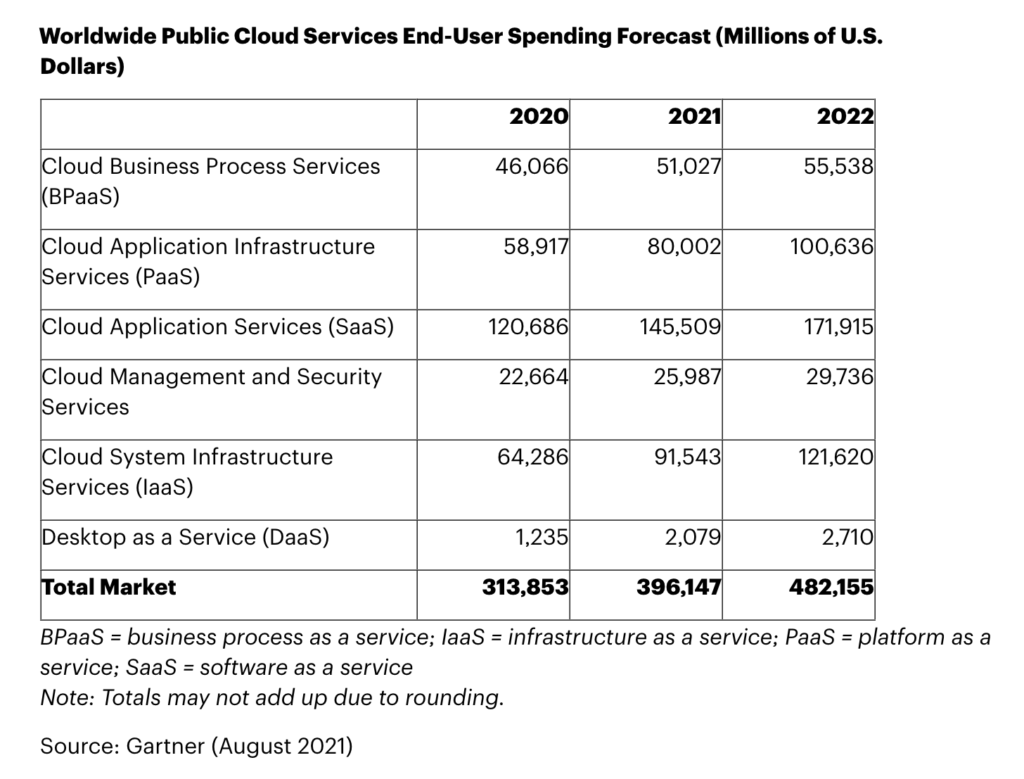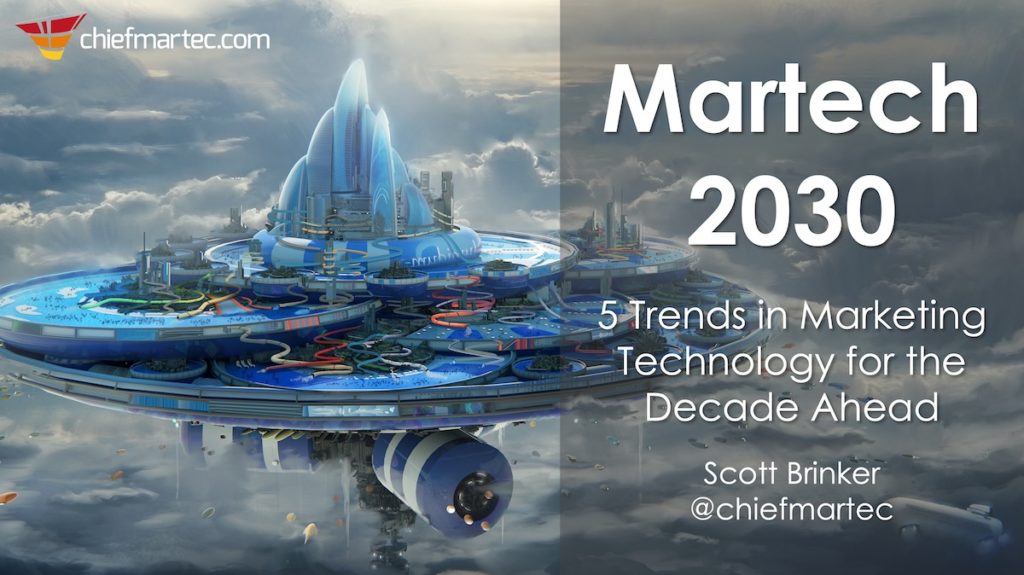Chris Anderson’s theory of The Long Tail in Internet commerce and marketing has been one of the more influential concepts in online strategy and business models. Amazon, Google, eBay, iTunes, NetFlix — these are all major Long Tail success stories.
I’d contend that many of the current best strategies in search engine optimization are essentially derived from Long Tail theory. These ideas will therefore be naturally extended into semantic marketing and SEO++ accordingly.
Even MySpace, Facebook, and Twitter groups and followings are another kind of incarnation of The Long Tail — with similar implications for the new field of social media marketing.
In other words, when it comes to modern marketing — and marketing technology — The Long Tail is an underlying force with which to be reckoned.
If you don’t know much about The Long Tail, here’s the Wikipedia entry and a link to Anderson’s own blog. Apparently, a new edition of the book — with an added chapter on Long Tail Marketing — is just now being released. My one sentence description of The Long Tail is this:
The Internet has enabled an “aggregation of niches” to successfully compete with a small number of blockbusters (which used to be the central focus of commerce and marketing).
However, no good theory goes without debate, and a recent article in Harvard Business Review, Should You Invest in the Long Tail? by Anita Elberse, does its best to poke holes in this one. In my opinion, it seems a bit like a semantic debate on “what’s the tail” and “what’s success” and leaves open a lot of questions about the other factors impacting the outcome.
But the blog discussions around the article are fascinating. Read Chris Anderson’s response on his blog, as well as two threads on HBR’s blog here (starts with repeat of Anderson’s response) and here (Elberse’s response to Anderson’s response). Even TechCrunch has a thread. Some of the comments are the best parts.
Elberse does raise some interesting ideas about social dynamics in The Long Tail. In her response to Anderson, she cites the marketing phenomenon known as “double jeopardy” to suggest that blockbusters in markets have a reinforcing virtuous feedback loop — once a brand dominates a certain space, it’s easy for it to keep dominating it and very hard for someone else to break in. I’m not convinced that this pattern will extend as seamlessly into the digital domain, but I certainly agree that it’s worth paying attention to. I think some of the dynamics in the social media space — the evolution of social networks such as Facebook and MySpace — will shed fresh light on this.
I also think that ongoing studies of The Long Tail will give us a better, deeper understanding. One of the most obvious courses of research is to look at these effects in a time series: compare the evolution of digital inventories, sales distributions, and the dynamics of how a “hit” becomes a hit (and for how long).



